How did Ireland get the name the Emerald Isle?
How did Ireland get the name the Emerald Isle?
Ireland, a small island nation in Europe, is renowned worldwide for its stunning green landscapes. It is often referred to as the Emerald Isle, a name that has been used for centuries to describe the country’s lush and verdant terrain. The name itself is steeped in history, folklore, and culture, making it a significant part of Ireland’s identity.
Legend has it that the name Emerald Isle was coined by an Irish poet in the 14th century, who was struck by the beauty of the country’s landscape. Since then, the term has been used extensively in literature, music, and art to describe Ireland’s rolling hills, green fields, and verdant forests.
In addition to its natural beauty, the name Emerald Isle also reflects the rich cultural heritage of Ireland. Green is a significant color in Irish culture, and it is associated with everything from the country’s flag to its national holiday, St. Patrick’s Day. The color has come to represent Ireland as a whole, and its green landscapes are an integral part of the country’s identity.
Overall, the name Emerald Isle is a fitting tribute to Ireland’s natural beauty, cultural heritage, and history. It continues to capture the imaginations of visitors from around the world, who are drawn to the country’s stunning landscapes and unique charm. Whether you are a history buff, a nature lover, or simply seeking adventure, Ireland is a destination that is sure to captivate your heart and soul.
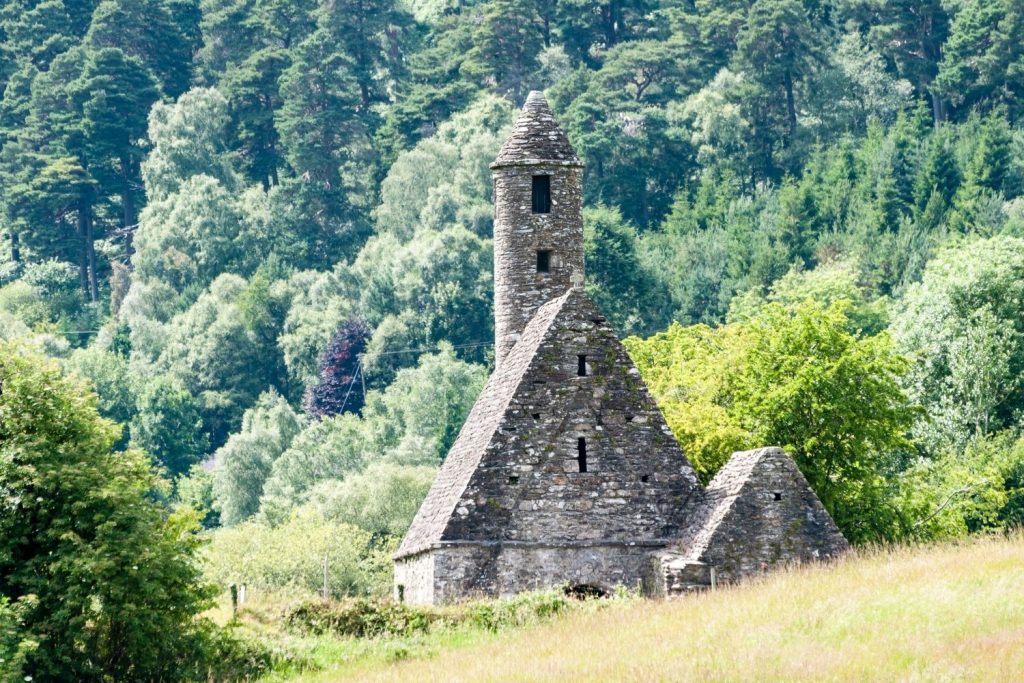
The name Emerald Isle has a rich historical background that dates back to the 14th century. It is believed that the term was first used by a poet named William Butler Yeats, who described the stunning green landscape of Ireland in one of his poems. Yeats was struck by the beauty of the Irish countryside and the lush green fields that were prevalent throughout the country.
Over time, the term Emerald Isle gained popularity and became a widely recognized term for Ireland. The name was used extensively in literature, music, and art, and it quickly became synonymous with the country’s natural beauty. In the 19th century, the term was used by many Irish nationalists who sought to promote the beauty of their homeland to the world.
The name Emerald Isle also gained popularity among tourists who visited Ireland in search of its stunning landscapes. The country’s rolling hills, verdant forests, and breathtaking coastline were all reasons why people were drawn to Ireland, and the name Emerald Isle was the perfect way to describe the beauty of the country’s natural environment.
Today, the name Emerald Isle is widely recognized as a symbol of Ireland’s natural beauty and cultural heritage. It is a name that evokes a sense of wonder and enchantment, and it continues to inspire visitors from around the world to explore the stunning landscapes of this beautiful country. Whether you are a history buff, a nature lover, or simply seeking adventure, Ireland and its Emerald Isle are sure to captivate your heart and soul.
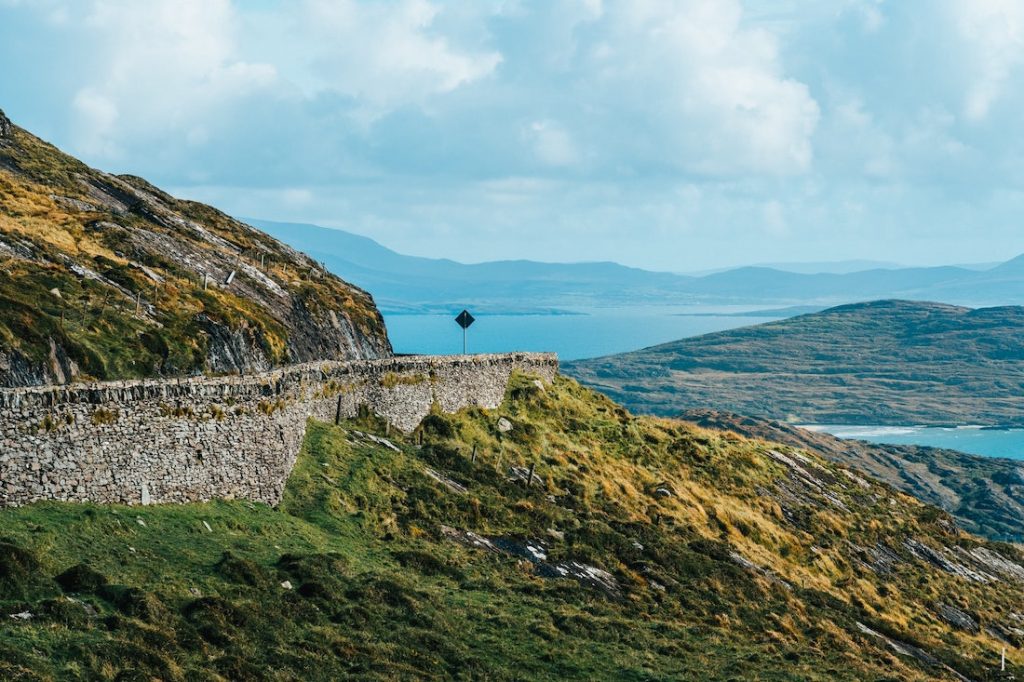
The color green holds a significant place in Irish culture, and it is a color that is widely associated with the Emerald Isle. The color has deep cultural roots in Irish history, and it has come to symbolize Ireland’s natural beauty, landscape, and cultural heritage.
One of the most prominent celebrations associated with the color green is St. Patrick’s Day, the national holiday of Ireland. This holiday is celebrated all over the world, with people wearing green and celebrating the country’s rich culture and history. St. Patrick, the patron saint of Ireland, is said to have used the shamrock, a green plant, to explain the Holy Trinity to the Irish people. As a result, the color green became associated with the holiday, and it continues to be a symbol of Irish identity and culture.
Moreover, the green landscape is an integral part of Ireland’s identity and culture. Ireland’s natural beauty and lush green fields have played a significant role in shaping its cultural heritage, from the poetry of Yeats to the traditional Irish music. Irish folklore is full of stories about the country’s green hills and landscapes, and it has come to symbolize Ireland’s identity as a land of beauty and natural wonder.
In addition to the cultural significance, the color green is also a reflection of Ireland’s environment. Ireland is known for its abundant rainfall and mild climate, which create the ideal conditions for lush green landscapes to flourish. The green fields and rolling hills that cover the countryside are not only beautiful but also provide a home to a variety of flora and fauna, making Ireland one of the most biodiverse countries in Europe.
Overall, the color green is a significant aspect of Irish culture and identity. From the country’s natural beauty to its cultural heritage and national holiday, the color represents the unique charm and enchantment of the Emerald Isle. Visitors to Ireland cannot help but be enchanted by its verdant landscapes and the rich cultural traditions associated with the color green.
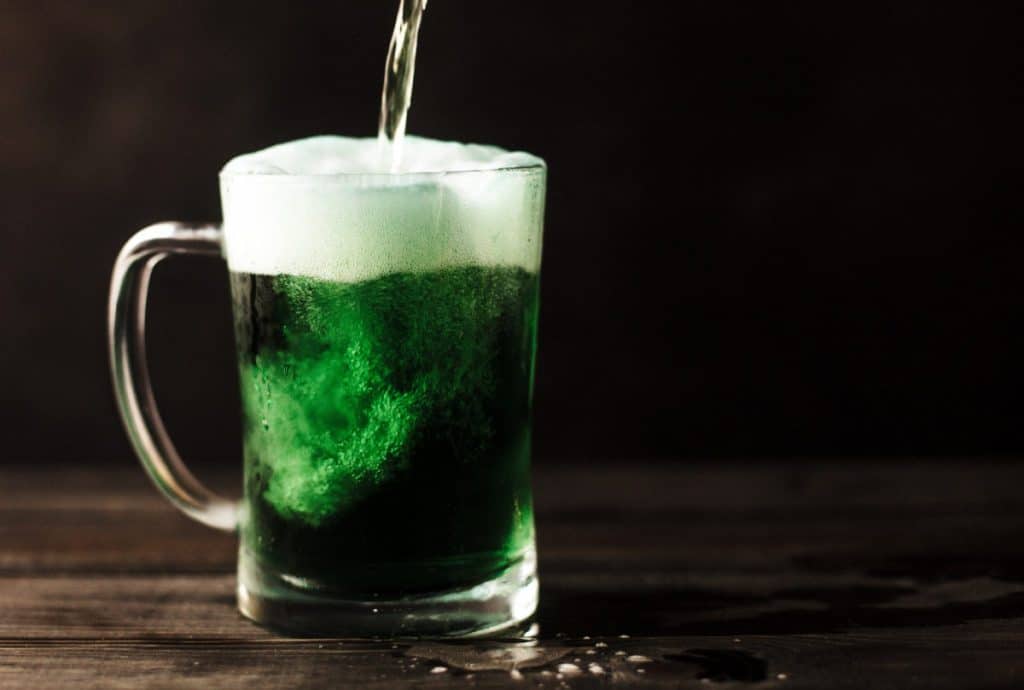
Ireland’s natural beauty is nothing short of breathtaking. Its stunning landscapes are a true reflection of its nickname, the Emerald Isle. From its rolling hills and verdant forests to its stunning coastline, Ireland is a land of unparalleled beauty.
One of the most iconic landscapes of Ireland is its rolling green hills. These hills are covered in lush grass and dotted with sheep, creating a serene and tranquil environment. The Wicklow Mountains, located just south of Dublin, are a popular destination for visitors seeking to experience these breathtaking hills. The mountains are home to some of the most picturesque landscapes in Ireland, including Glendalough, a 6th-century monastic settlement nestled in a valley surrounded by green hills.
Verdant forests are another stunning feature of Ireland’s natural beauty. The country is home to many forests, including the Killarney National Park, which is the largest national park in the country. The park is home to a variety of trees, including oak, yew, and holly, and provides a peaceful and tranquil escape from the hustle and bustle of everyday life.
Ireland’s stunning coastline is also a major draw for tourists. The Wild Atlantic Way, a 2,500 km stretch of coastline that runs from Donegal to Cork, is one of the most popular tourist destinations in the country. The coastline is home to some of the most breathtaking scenery in Ireland, including the Cliffs of Moher, which rise 214 meters above the Atlantic Ocean.
Overall, Ireland’s natural beauty is a major draw for tourists from all over the world. Its rolling hills, verdant forests, and stunning coastline are a true reflection of the Emerald Isle, and they continue to captivate visitors year after year. Whether you’re a nature lover or simply seeking a peaceful escape, Ireland’s natural beauty is sure to leave you spellbound.
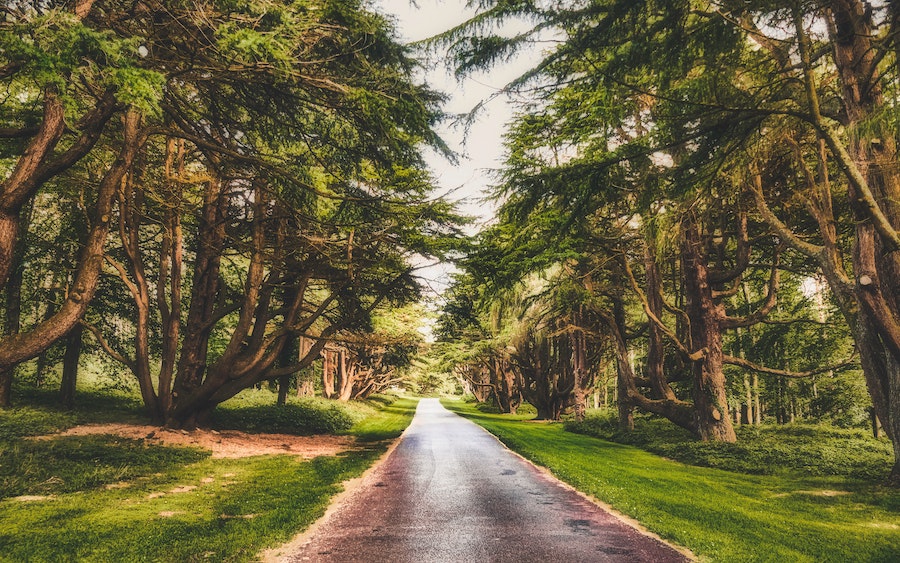
Ireland’s lush green landscapes are a result of several environmental factors that have shaped the country’s natural beauty. The combination of a mild climate, abundant rainfall, and fertile soil has enabled Ireland to sustain its green landscape for centuries.
One of the key factors that contribute to Ireland’s green landscape is its mild climate. Ireland is known for its relatively mild temperatures, with an average temperature of around 9°C. This mild climate is ideal for the growth of a wide range of plant species, from grasses to trees. The climate also helps to ensure that the vegetation remains green throughout the year, providing a year-round display of Ireland’s natural beauty.
Another important factor is the abundant rainfall that Ireland receives. The country receives an average of around 800 mm of rainfall each year, making it one of the wettest countries in Europe. This rainfall helps to keep the grass and other vegetation lush and green throughout the year. The rain also helps to create the ideal conditions for the growth of wildflowers, which provide a vibrant and colorful display throughout the countryside.
Fertile soil is also a significant factor in sustaining Ireland’s green landscape. The soil in Ireland is rich in nutrients, thanks to the country’s geological history. The limestone bedrock that underlies much of the country provides a source of calcium, which is essential for plant growth. The fertile soil has enabled Ireland to support a diverse range of plant species, from the grasses that cover the hills to the wildflowers that bloom in the fields.
Overall, the combination of a mild climate, abundant rainfall, and fertile soil has enabled Ireland to sustain its green landscape for centuries. These environmental factors have contributed to the country’s natural beauty and cultural heritage, making it one of the most enchanting and captivating destinations in the world.
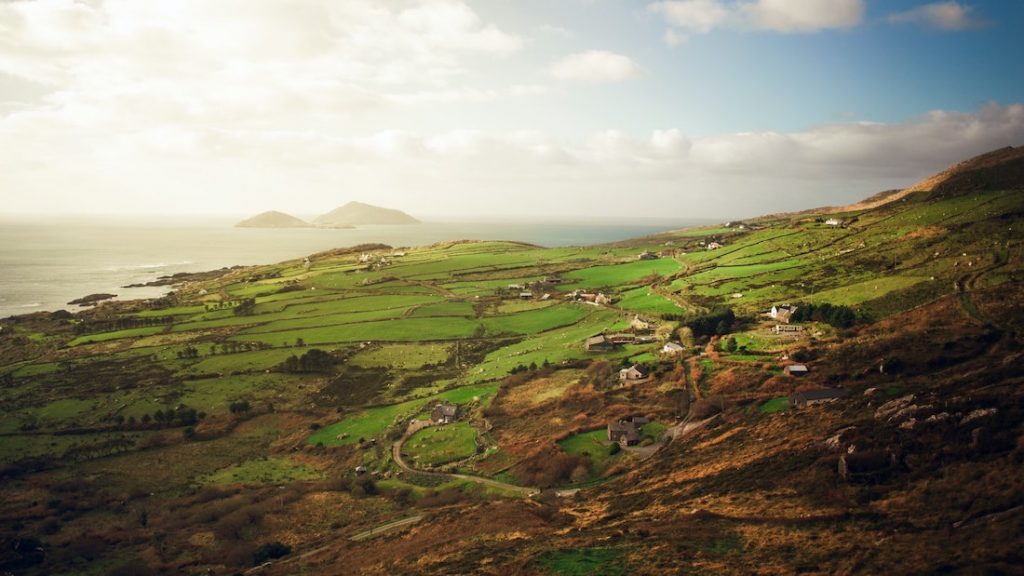
In summary, Ireland has been known as the Emerald Isle for centuries due to its lush green landscapes. The term was first used by a poet in the 14th century to describe Ireland’s greenery, and the name gained popularity through the centuries, becoming a widely recognized term for Ireland. The color green has significant cultural importance in Ireland, and its association with St. Patrick’s Day is just one example of this.
Ireland’s natural beauty is a major draw for tourists, with its rolling hills, verdant forests, and stunning coastline. The environmental factors that contribute to Ireland’s green landscape, including its mild climate, abundant rainfall, and fertile soil, have sustained the country’s natural beauty for centuries.
Overall, Ireland’s natural beauty, cultural heritage, and environmental factors have contributed to its nickname, the Emerald Isle, and continue to captivate visitors year after year. Encouraging readers to visit Ireland and experience its stunning landscapes for themselves is highly recommended. Whether you’re a nature lover or simply seeking a peaceful escape, Ireland’s natural beauty is sure to leave you spellbound.
Thanks for checking out Juniper Tours’ Travel blog! We hope you enjoyed your read and if you’re looking for more content please check out our other blog posts! If you’re looking for help planning your next travel adventure then book a FREE travel consultation with one of our Travel Specialists today!




